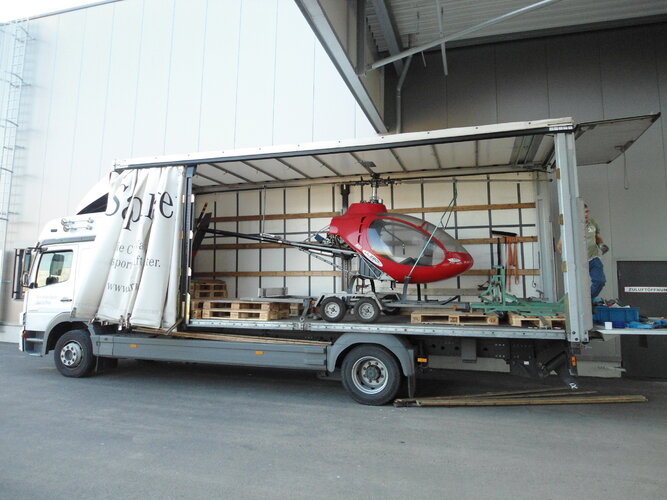From Ailes 23/10/1954,
Mr. Robert Stierlin and Mr. Roger Mercier designed and built Type-1,as an open airframe helicopter in 1948,followed
by Type-2 in 1953 and Type-3 again with Mercier in 1956,later created Type-4 in 1962 and Type-5 in 1967,but the last
one made accident in 1969,Michel Devaux rebuilt the helicopter after the accident. The new helicopter known as the
SD 90 (or SD 100 when it was equipped with a boxer aircooled VW-Porsche engine) was registered HB-YAD between
1972 and 1989.
https://www.heli-archive.ch/en/people/swiss-builders/stierlin-robert/
Also in Ailes journal,they spoke about Gyrocopter,designed by Mr. A. Watteyne and took assist from a Belgium designer,
Mr. de Glymes,very strange configuration,I think it was a tailsitter concept looks like FW Triebflügel ?.



![58mokup[1].jpg 58mokup[1].jpg](https://www.secretprojects.co.uk/data/attachments/273/273276-2dd5b793f531e9dd8ff1ace91d78b647.jpg)
![58back[1].jpg 58back[1].jpg](https://www.secretprojects.co.uk/data/attachments/273/273275-375d1cfbf6096266581fb5f0faac6786.jpg)
![58engmon[1].jpg 58engmon[1].jpg](https://www.secretprojects.co.uk/data/attachments/273/273277-f9846f3d96f33e01c96dd35ab8379221.jpg)
